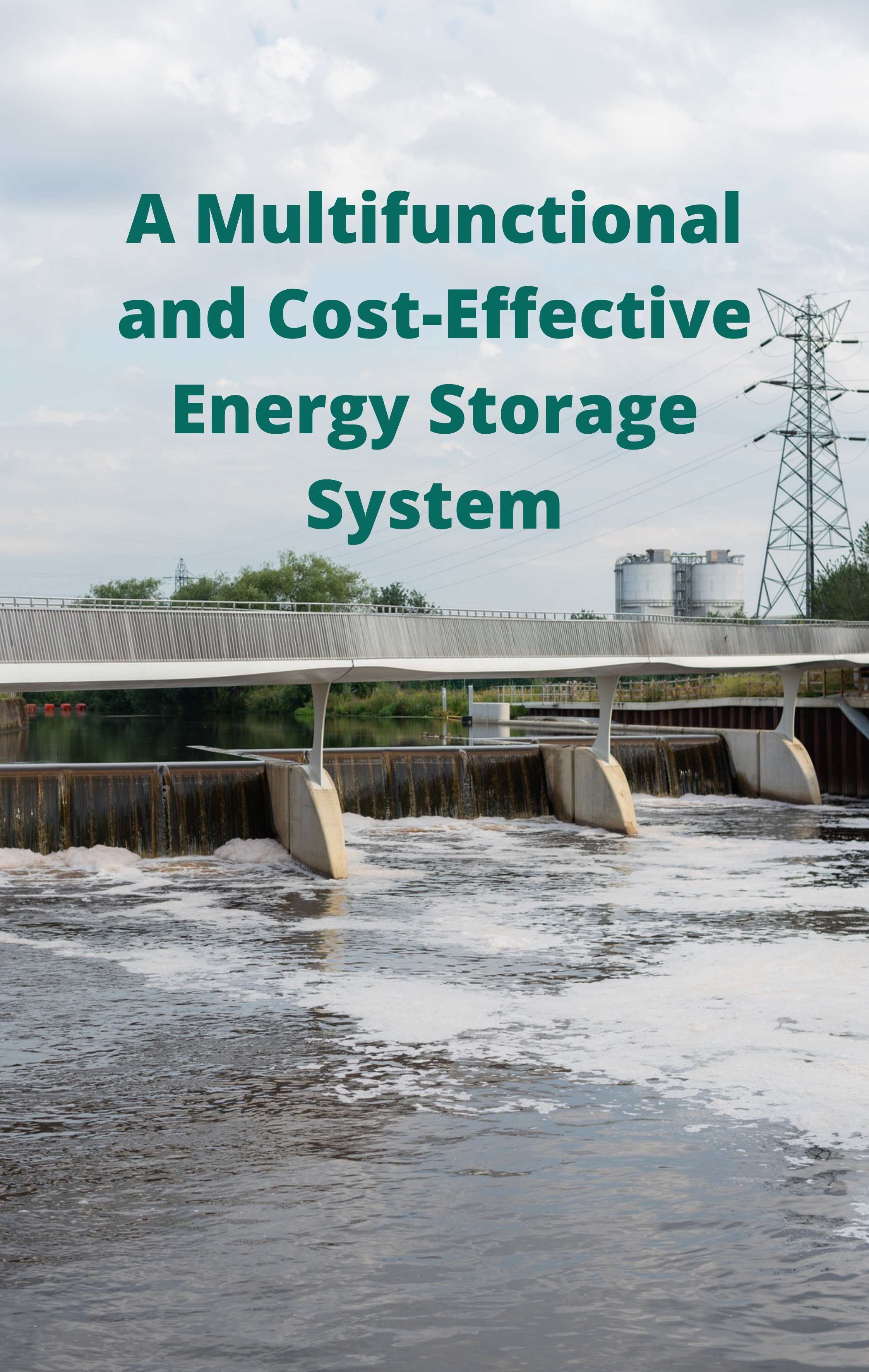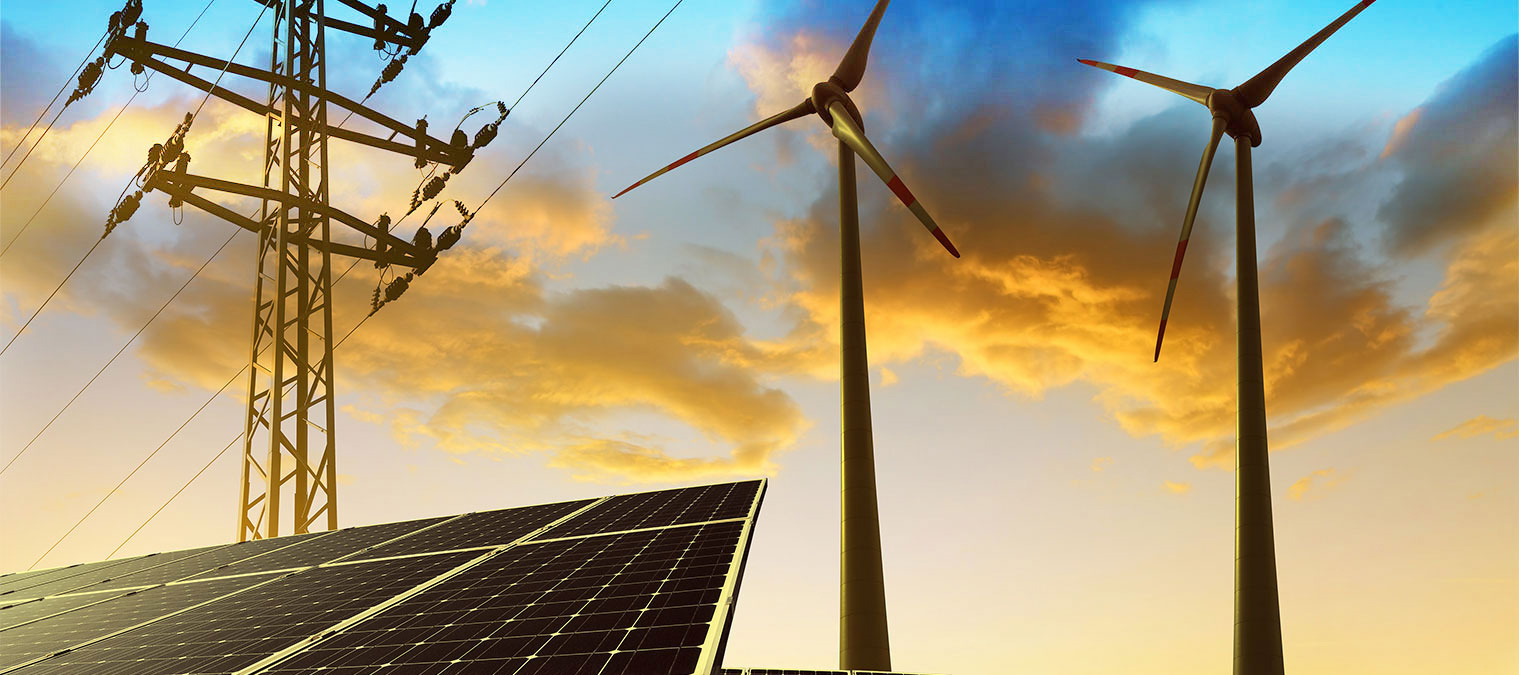India has set some ambitious renewable energy (RE) targets for itself — 175 GW by 2022 and 450 GW by 2030. This assigns an important role to grid-scale energy storage systems (ESS) for enabling smooth integration of RE into the grid to assure stability and round-the-clock electricity supply to the downstream consumers.
The prominent ESS include pumped-hydro energy storage (PHES), compressed air energy storage (CAES), flywheels, secondary batteries (lead acid/sodium sulphur/lithium-ion/nickel-cadmium), flow batteries, hydrogen storage, fuel cells, supercapacitors, superconducting magnet energy storage (SMES), and thermal energy storage.
Of these, pumped-hydro energy storage is recognised as one of the most mature bulk energy storage technologies globally. In India, the total PHES capacity developed till date is 4,785.6 MW (3,305.6 MW operational and 1480 MW non-operational), while another 1580 MW is in the construction stage.
This blog provides an overview of the technical aspects of PHES, and examines why it is most suited to complement India’s storage needs and drive its transition to an RE-dominant future.

